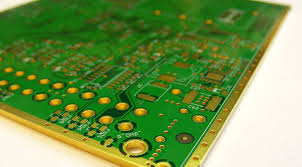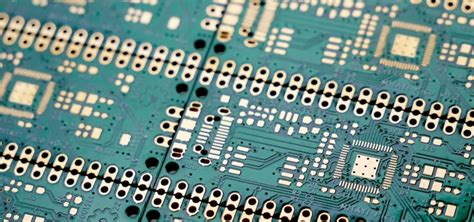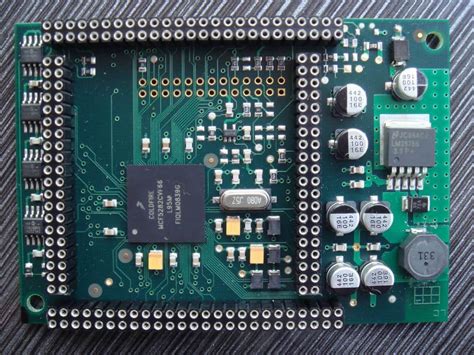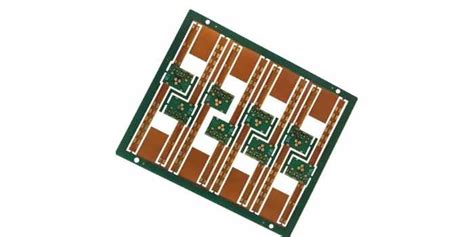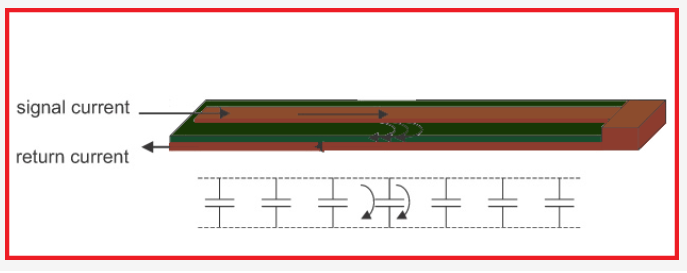Kosten flex pcb
Understanding The Cost Factors Of Flex PCBs
In the realm of modern electronics, flexible printed circuit boards (flex PCBs) have emerged as a pivotal component, offering unparalleled versatility and adaptability. As the demand for compact and efficient electronic devices continues to rise, understanding the cost factors associated with flex PCBs becomes increasingly important for manufacturers and designers alike. The cost of flex PCBs is influenced by a myriad of factors, each contributing to the overall expense and ultimately impacting the feasibility of their application in various projects.
To begin with, the complexity of the design plays a significant role in determining the cost of flex PCBs.
Unlike rigid PCBs, flex PCBs can be bent and shaped to fit into unconventional spaces, which often necessitates intricate design work. The more complex the design, the higher the cost, as it requires advanced engineering and precision during the manufacturing process. Additionally, the number of layers in a flex PCB can significantly affect its cost. Multilayer flex PCBs, which are often required for more sophisticated applications, involve more intricate manufacturing processes and materials, thereby increasing the overall expense.
Moreover, the choice of materials is another critical factor influencing the cost of flex PCBs.
The substrate material, typically polyimide, is more expensive than the materials used in rigid PCBs. This is due to its superior flexibility, thermal stability, and ability to withstand harsh environmental conditions. Furthermore, the type of copper used in the flex PCB also impacts the cost. Rolled annealed copper, known for its excellent ductility and fatigue resistance, is often preferred over electro-deposited copper, albeit at a higher price point.
In addition to design complexity and material selection, the manufacturing process itself contributes to the cost of flex PCBs.
The production of flex PCBs involves several specialized processes, such as coverlay application, which protects the circuit and enhances its durability. These processes require specialized equipment and skilled labor, both of which add to the overall cost. Furthermore, the yield rate, or the percentage of usable boards produced in a manufacturing run, can also affect costs. A lower yield rate, often resulting from complex designs or stringent quality requirements, can lead to higher costs due to increased waste and rework.
Another factor to consider is the volume of production.
As with many manufacturing processes, economies of scale play a crucial role in determining the cost per unit. Higher production volumes typically result in lower costs per flex PCB, as fixed costs are spread over a larger number of units. However, for smaller production runs, the cost per unit can be significantly higher, making it essential for manufacturers to carefully consider their production needs and budget constraints.
Finally, the geographical location of the manufacturing facility can influence the cost of flex PCBs.
Facilities located in regions with lower labor costs and favorable economic conditions may offer more competitive pricing. However, it is important to balance cost considerations with quality and reliability, as choosing a manufacturer solely based on price can sometimes lead to compromises in these areas.
In conclusion, understanding the cost factors of flex PCBs is crucial for making informed decisions in the design and manufacturing process. By considering design complexity, material selection, manufacturing processes, production volume, and geographical location, stakeholders can better navigate the financial aspects of incorporating flex PCBs into their projects. This comprehensive understanding not only aids in cost management but also ensures the successful implementation of flex PCBs in a wide array of electronic applications.

How To Optimize Flex PCB Design For Cost Efficiency
Optimizing the design of flexible printed circuit boards (flex PCBs) for cost efficiency is a critical consideration for engineers and manufacturers aiming to balance performance with budget constraints. As the demand for smaller, lighter, and more versatile electronic devices grows, flex PCBs have become increasingly popular due to their ability to bend and conform to various shapes. However, the unique properties of flex PCBs can also lead to higher production costs if not carefully managed. Therefore, understanding the factors that influence these costs and implementing strategic design practices can significantly enhance cost efficiency.
To begin with, material selection plays a pivotal role in determining the overall cost of flex PCBs.
Polyimide is the most commonly used substrate material due to its excellent thermal stability and flexibility. However, it is also relatively expensive. Designers can explore alternative materials, such as polyester, which may offer cost savings for applications with less demanding thermal requirements. Additionally, optimizing the thickness of the substrate can reduce material costs without compromising the board’s performance. By carefully evaluating the application’s specific needs, designers can make informed decisions that balance cost and functionality.
Moreover, the complexity of the circuit design directly impacts manufacturing costs.
A more intricate design typically requires additional layers, which increases both material usage and production time. To mitigate these costs, designers should aim to simplify the circuit layout wherever possible. This can be achieved by minimizing the number of vias and traces, which not only reduces complexity but also enhances the board’s reliability. Employing design-for-manufacturability (DFM) principles can further streamline the production process, ensuring that the design is optimized for efficient fabrication.
Transitioning to the aspect of panel utilization, maximizing the use of available panel space is another effective strategy for cost reduction.
By strategically arranging multiple flex PCBs on a single panel, manufacturers can minimize waste and improve yield. This approach requires careful planning during the design phase to ensure that the boards fit together efficiently without compromising their individual integrity. Additionally, considering the use of standard panel sizes can facilitate better material utilization and reduce costs associated with custom panel configurations.
Furthermore, selecting the appropriate type of flex PCB can also influence cost efficiency.
Single-sided flex PCBs are generally less expensive to produce than double-sided or multilayer variants. Therefore, if the application allows, opting for a simpler design can lead to significant cost savings. However, it is essential to weigh these savings against the potential need for additional components or connectors that may arise from a less complex board.
In addition to these design considerations, collaborating closely with manufacturers during the design process can yield valuable insights into cost-saving opportunities.
Manufacturers possess a wealth of knowledge regarding production capabilities and limitations, and their input can help identify potential cost drivers early in the design phase. By fostering open communication and leveraging their expertise, designers can make informed decisions that align with both performance and budgetary goals.
In conclusion, optimizing flex PCB design for cost efficiency requires a comprehensive approach that encompasses material selection, circuit complexity, panel utilization, and collaboration with manufacturers. By carefully considering each of these factors and implementing strategic design practices, engineers can achieve a balance between performance and cost, ultimately delivering high-quality products that meet market demands without exceeding budget constraints.
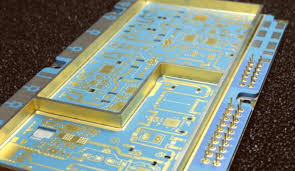
Comparing Flex PCB Costs With Rigid PCBs
When evaluating the costs associated with printed circuit boards (PCBs), it is essential to consider the differences between flexible PCBs and their rigid counterparts. Flex PCBs, known for their adaptability and lightweight nature, offer unique advantages that can influence their cost structure. In contrast, rigid PCBs, which are more traditional and widely used, present a different set of cost considerations. Understanding these differences is crucial for making informed decisions in electronic design and manufacturing.
To begin with, the material costs for flex PCBs can be higher than those for rigid PCBs.
Flex PCBs are typically made from polyimide, a material known for its flexibility and thermal stability. This material is more expensive than the FR-4 substrate commonly used in rigid PCBs. However, the higher material cost of flex PCBs is often offset by their ability to reduce the overall weight and size of electronic devices, which can lead to savings in other areas, such as shipping and handling.
Moreover, the manufacturing process for flex PCBs is more complex than that for rigid PCBs, which can contribute to higher production costs.
Flex PCBs require specialized equipment and processes, such as roll-to-roll processing and precise etching techniques, to accommodate their flexible nature. These additional steps can increase the time and resources needed for production, thereby raising costs. However, the complexity of the manufacturing process also allows for greater design flexibility, enabling the creation of intricate circuits that can bend and fold to fit into compact spaces.
Despite the potentially higher initial costs, flex PCBs can offer long-term economic benefits.
Their flexibility and durability can lead to a longer lifespan for electronic devices, reducing the need for frequent replacements and repairs. This longevity can result in cost savings over time, particularly in applications where reliability is paramount. Additionally, the ability of flex PCBs to conform to various shapes and spaces can eliminate the need for connectors and cables, further reducing assembly costs and potential points of failure.
In contrast, rigid PCBs are generally less expensive to produce due to their simpler manufacturing process and the widespread availability of materials.
They are well-suited for applications where space and weight are not primary concerns, and their robust nature makes them ideal for environments where mechanical stability is crucial. However, rigid PCBs lack the adaptability of flex PCBs, which can limit their use in innovative or space-constrained designs.
When comparing the costs of flex and rigid PCBs, it is important to consider the specific requirements of the application.
While flex PCBs may have higher upfront costs, their unique properties can lead to cost savings in the long run, particularly in applications that demand flexibility, lightweight construction, and reliability. On the other hand, rigid PCBs offer a cost-effective solution for more straightforward designs where flexibility is not a priority.
In conclusion, the decision between flex and rigid PCBs should be guided by a comprehensive analysis of both immediate and long-term costs, as well as the specific needs of the project. By carefully weighing these factors, designers and manufacturers can select the most appropriate type of PCB for their applications, ensuring both cost-effectiveness and optimal performance.
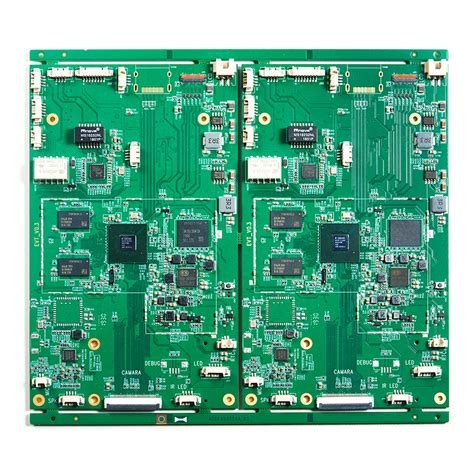
The Impact Of Material Selection On Flex PCB Costs
The impact of material selection on the costs associated with flexible printed circuit boards (flex PCBs) is a critical consideration for manufacturers and designers alike. Flex PCBs are increasingly favored in various industries due to their lightweight, compact, and adaptable nature, which allows for innovative design solutions in complex electronic assemblies. However, the choice of materials used in their construction significantly influences the overall cost, affecting both the initial manufacturing expenses and the long-term reliability of the product.
To begin with, the substrate material is a primary factor in determining the cost of flex PCBs.
Polyimide is the most commonly used substrate due to its excellent thermal stability, flexibility, and electrical properties. However, it is also one of the more expensive options. In contrast, polyester substrates offer a more cost-effective alternative, though they may not provide the same level of performance in high-temperature applications. Consequently, the decision between polyimide and polyester substrates must balance cost considerations with the specific performance requirements of the application.
In addition to the substrate, the choice of adhesive materials also plays a significant role in the cost structure of flex PCBs.
Adhesives are used to bond the layers of the PCB together, and their selection can impact both the manufacturing process and the board’s performance. High-performance adhesives, such as those based on acrylic or epoxy, offer superior thermal and chemical resistance but come at a higher price point. On the other hand, lower-cost adhesives may suffice for less demanding applications, though they might compromise the board’s durability and reliability over time.
Furthermore, the type of conductive material used in flex PCBs is another crucial cost determinant.
Copper is the standard choice for conductive traces due to its excellent electrical conductivity and flexibility. However, the thickness and type of copper used can vary, with thicker copper layers providing better current-carrying capacity but also increasing material costs. Additionally, the use of rolled annealed copper, which offers enhanced flexibility and fatigue resistance compared to electro-deposited copper, can further elevate costs. Therefore, selecting the appropriate copper type and thickness is essential to optimize both performance and cost.
Moreover, the complexity of the flex PCB design itself can influence material costs.
Designs that require multiple layers or intricate geometries may necessitate additional materials and more sophisticated manufacturing processes, thereby increasing costs. Simplifying the design where possible, without compromising functionality, can help mitigate these expenses. Additionally, considering the use of standard panel sizes and minimizing material waste during the design phase can further contribute to cost efficiency.
Finally, it is important to consider the impact of environmental and regulatory requirements on material selection and costs.
Certain applications may demand materials that comply with specific standards, such as RoHS (Restriction of Hazardous Substances) or UL (Underwriters Laboratories) certifications. These requirements can limit material choices and potentially increase costs due to the need for specialized materials or additional testing and certification processes.
In conclusion, the selection of materials for flex PCBs is a multifaceted decision that directly impacts the overall cost. By carefully evaluating the trade-offs between performance, reliability, and cost, manufacturers and designers can make informed choices that align with their specific application needs and budget constraints. Through strategic material selection, it is possible to achieve a balance that ensures both the economic viability and technical success of flex PCB projects.

